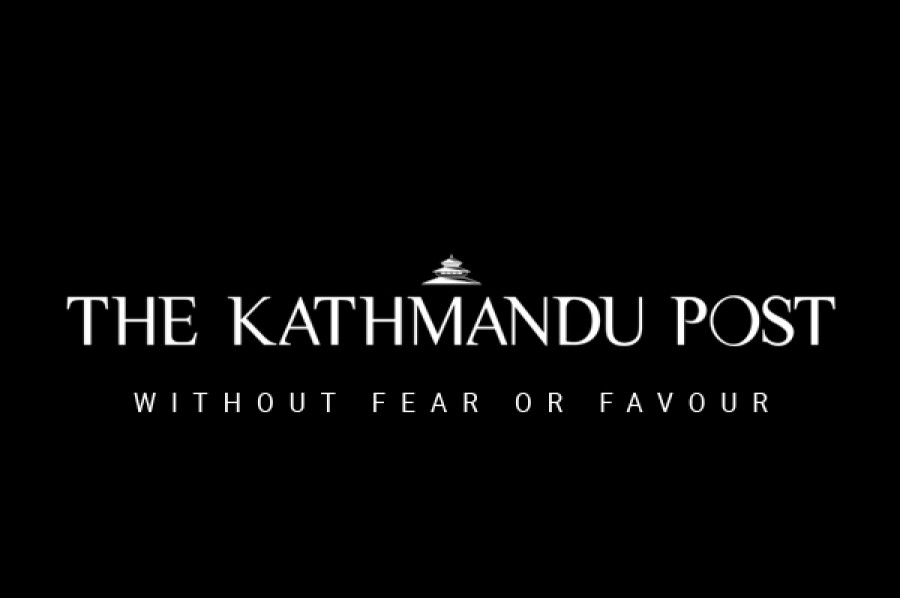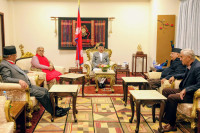Opinion
Preparing for peace
South Africa and Rwanda offer two contrasting iterations of truth and reconciliation
Yogendra P Paneru
The goals of TRCs worldwide include public acknowledgement of atrocities and increasing national unity. Ideally, commissions focus on the most egregious acts committed during conflicts. The TRC is a way to bring ‘genuine peace’ to society by offering forgiveness from the victims’ side and giving the perpetrator the opportunity to apologise for their past wrong doing, and ensuring that they will not reengage in violence. A competent TRC prepares people engaged in conflict for truth, mercy, justice and peace. Paula Green, who has observed the Nepal peace process and conducted peace building training in Nepal, too states that treaties alone cannot bring genuine peace. In order to insure a harmonious future, communities must acknowledge the harm done to each other, provide compensation for losses, increase economic development and commit to resolving future differences through discussion and deliberation.
Healing and storytelling
Green further argues that truth commissions provide a therapeutic process for individual victims by listening seriously to their stories and validating them with official acknowledgement. On an individual level, testimony provides a constructive way to channel anger and hatred by allowing the expression of feelings. Testimony also redirects people’s desires for recrimination through a highly visible process of public investigation into past atrocities, according to Jeong.
Preventing repetition of past abuses by seeking a broad analysis of social, historical and psychological causes of the conflict remains one of the goals of the TRC in Nepal. This can be contrasted with the pursuit of narrow interpretations of the truth in the form of assigning unlawful responsibility to a few individual perpetrators as sought by tribunals.
Instead of establishing an individual’s guilt, truth commissions should make an effort to unravel the broad patterns of past abuses by looking deeply into the wider set of conditions causing them. These functions are supported through the examination of historical events and political structures surrounding incidents of abuses and violence. Following a report on serious acts of violence, recommendations are normally made to prevent a repetition of these events. These often entail institutional reform geared towards eliminating the elements of the armed and security forces responsible for past violence.
By serving various purposes that are not met by the limited objectives of national and international criminal judiciaries, TRCs provide an appropriate route to closing the painful pages of recent history. Although justice is an important issue, the work of various commissions can be judged in terms of non-judicial effects, including exposure and shaming.
African examples
The TRC in South Africa established the cases, nature and extent of human rights violations by conducting investigations and holding hearings that resulted in cutting through the false pictures of the past. The TRC became a necessary exercise to enable South Africans to come to terms with their past on a morally acceptable basis and advance the cause of reconciliation. It was larger, better financed and more transparent than any other previous commissions in post conflict nations. The TRC mandated its effects through three committees: the Amnesty; Reparation and Rehabilitation; and Human Rights Violations committees.
Catholic bishop and Chair of the South African TRC Desmond Tutu set out a profound vision, that without forgiveness there is no reconciliation, and without reconciliation there is no development. The TRC listened to the personal narratives of victims, considered applications for amnesty by perpetrators, recommended reparations for survivors and archived South Africa’s collective memory.
Rwanda, another African nation, offers a different model. Rwanda did not form a TRC and instead, strengthened the traditional Gacaca court. Gacaca, a traditional justice system practiced throughout rural Rwanda, turned into a transitional justice system after the 1994 genocide. Gacaca courts gathered together all cases such as mass killings, murders, abductions, hostage taking, mental or physical torture, rape, arson and forced displacement that primarily occurred during the 1994 genocide.
Anyone who had built trust in society could be elected by the local people as a Gacaca judge in their respective society, for example, school teachers, village elders and spiritual leaders. Interestingly, a few examples included people engaged in the genocide but performed as Gacaca judges after they were offered forgiveness and reconciliation from victims’ family. Gacaca gave lower sentences to those who were repentant of their actions and sought reconciliation with their community.
Paneru is a faculty member at Strayer University, the US




 14.12°C Kathmandu
14.12°C Kathmandu











